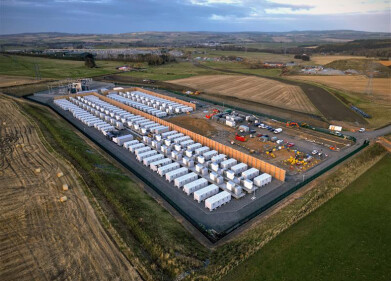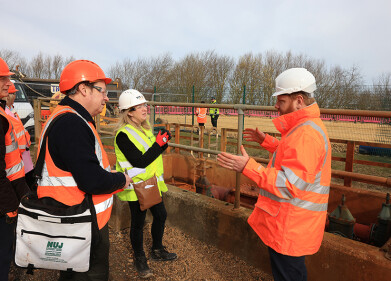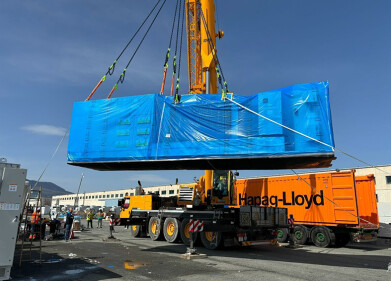Green energy
Norway’s Green Energy: Coming Soon To A Town Near You
Apr 12 2015
What’s the connection between Kvilldal in Norway, and Blyth in the UK?
You’d be forgiven for being utterly stumped, because it’s technically a trick question. The two towns won’t be linked until 2021, when the world’s longest undersea interconnector is due to be completed. And with this new connection, the UK will receive renewable, green energy from their neighbours across the North Sea.
The project will start in Norway, where hydroelectric plants will generate power and then transmit it along an undersea interconnector over 770km long. The 1400MW capacity cables will provide enough energy to power almost 750,000 British homes during peak demand, and up to four million homes during times of normal usage.
Energy secretary Ed Davey said: “It won’t be all one-way traffic. We are in the process of investing heavily in new low-carbon generation. In the future we would expect that there will be times when our generation exceeds our demand and we are able to export clean power to Norway in return.”
So why exactly does the UK need Norwegian power?
Sustainable energy in the UK comes primarily from onshore and offshore wind farms, but when the wind stops blowing, the turbines stop moving and the supply of power is effectively severed. If the UK is to ever wean itself off gas-powered energy plants – and close them down for good – there needs to be a backup plan in place. The link between National Grid and Statnett (Norway’s counterpart) will provide such a plan, allowing the UK to fall back on the clean Norwegian energy at the drop of a hat.
What will this mean for British consumers?
Soaring energy prices have been at the forefront of many people’s minds in recent years, and this new energy pipeline should alleviate some of that stress. Sustainable energy is low cost, and these savings will be passed on to the consumer. It is estimated this new interconnector could save deliver savings of around £3.5 billion over 25 years, or £56 million per year.
This will also help the UK to move towards lowering carbon emissions, and ending the reliance on fossil fuels for powering UK homes and businesses. Alan Foster, director of European business development for National Grid, said: “Access to low-carbon energy from Norway hydro power stations will help us meet the challenge of greener, affordable energy.”
This isn’t the first project of its kind in the UK. Mainland UK already has four interconnectors linking to France, the Netherland, Northern Ireland and the Republic of Ireland, and these supply around 4% of the UK’s electricity supply. There are currently plans to install two additional interconnectors to France, and one to Denmark.
More from Norway
The Norwegian Parliament has granted US$1 million of funding to a pilot plant which will use CO2 captured at CO2 Technology Centre Mongstad (TCM) to produce algae for the fish farming industry. For more information, read: Norway Launches Project to Safeguard $10bn Aquaculture Industry Utilising Captured CO2.
Events
Mar 18 2025 Expo Santa Fe, Mexico
Mar 18 2025 Moscow, Russia
Mar 19 2025 Manila, Philippines
Mar 20 2025 Guangzhou, China
Mar 24 2025 National Harbour, MD, USA














